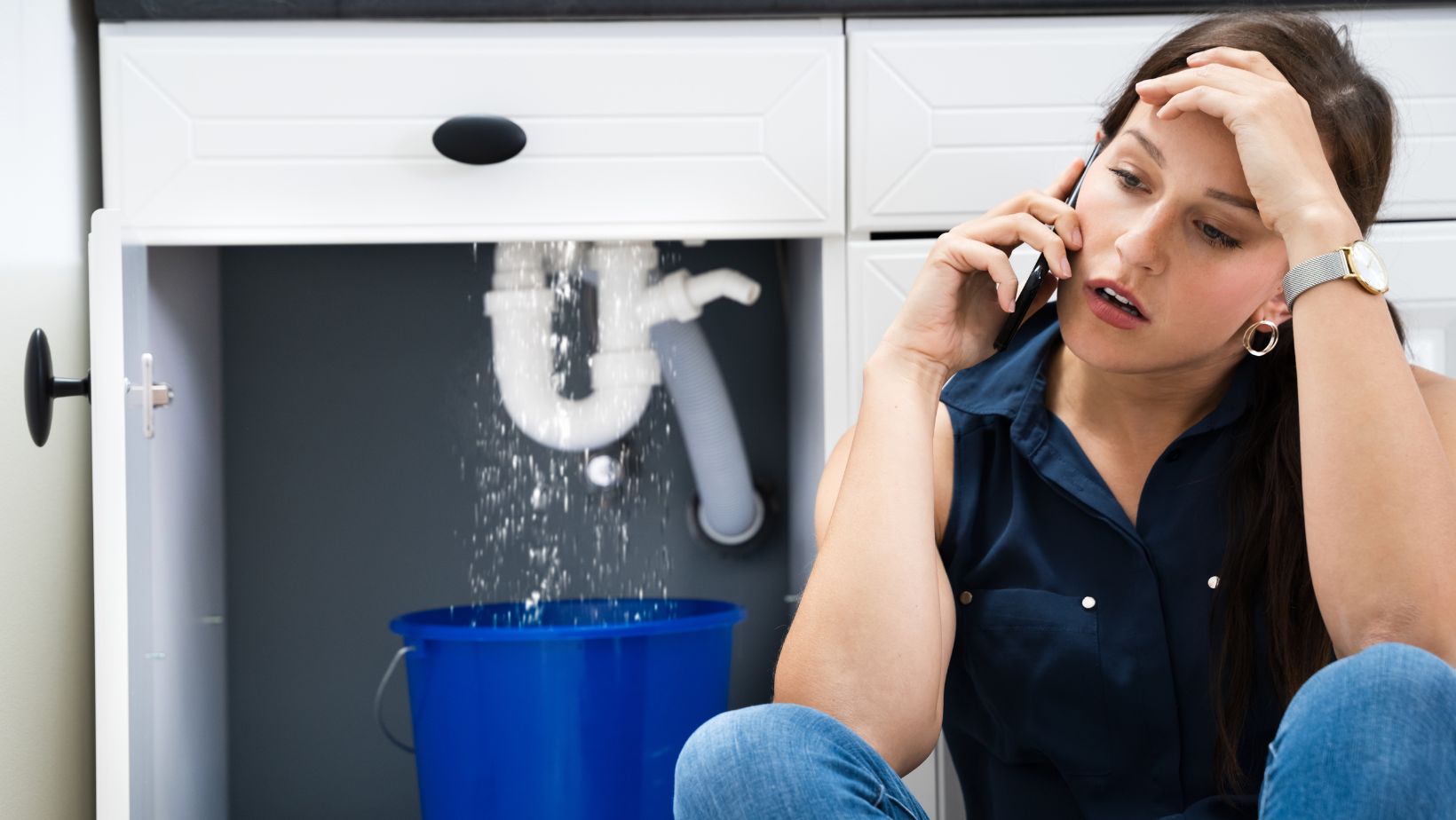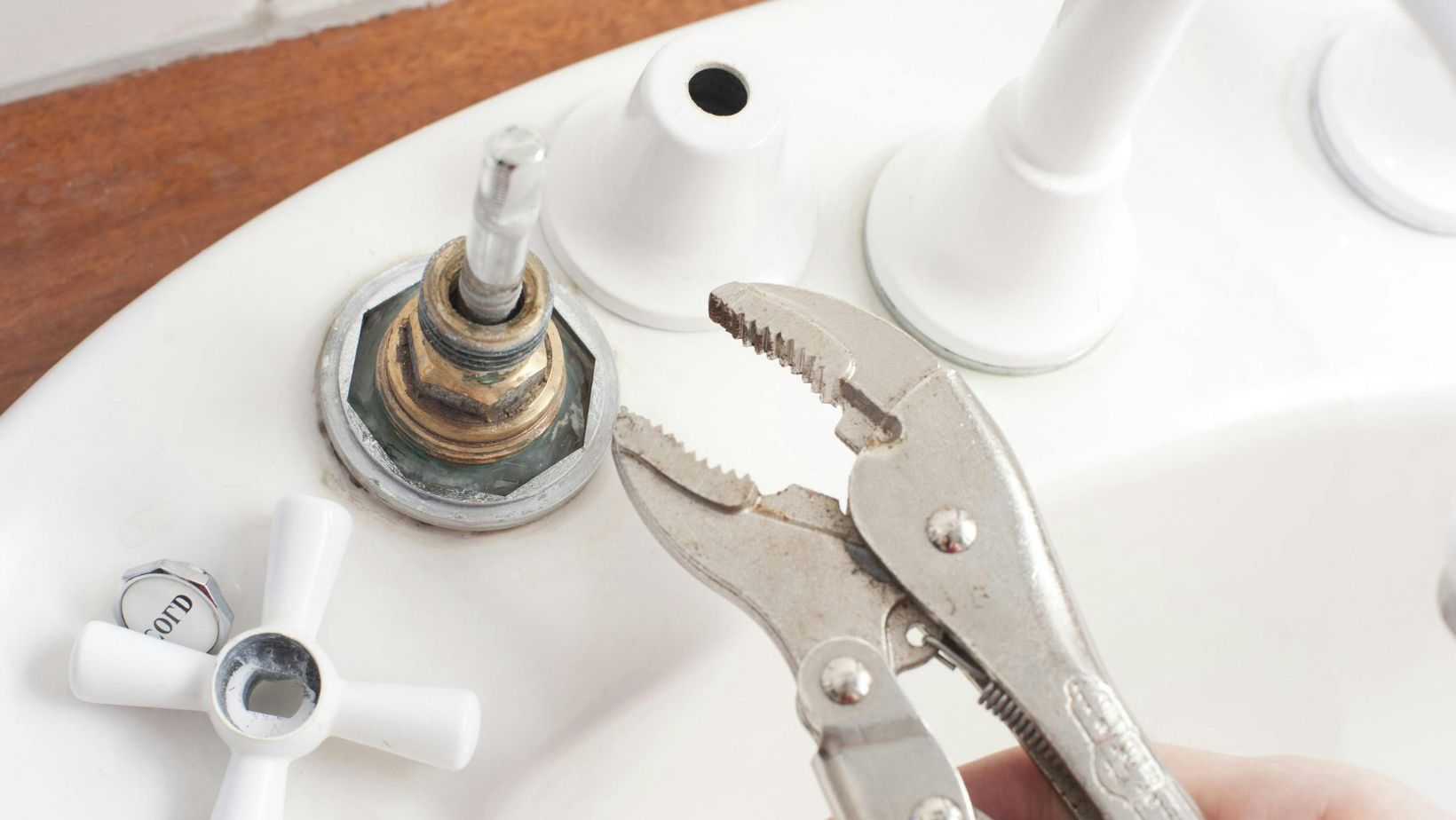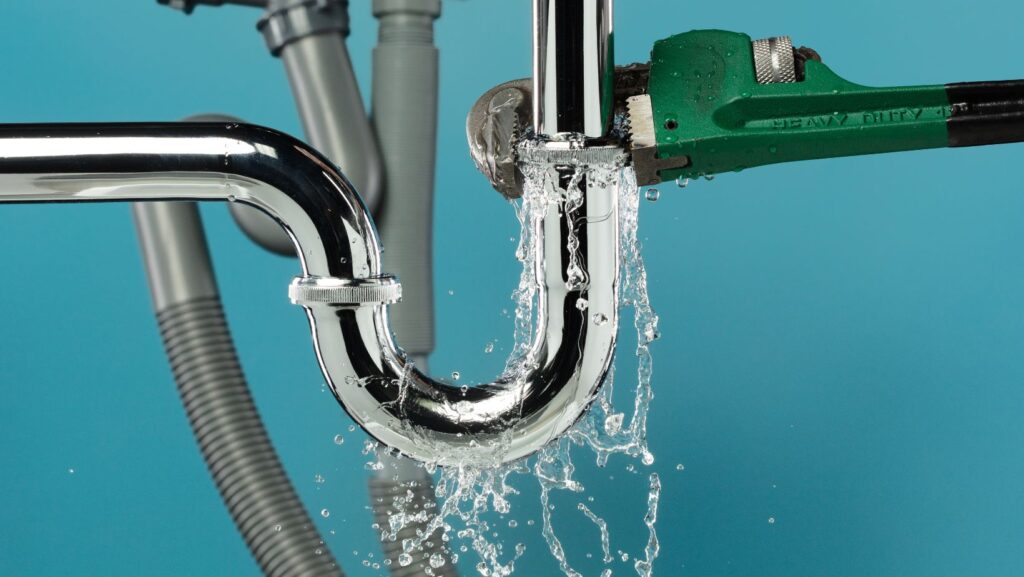Plumbing leaks in a mobile home can cause more than just soggy floors—they can damage the entire exterior if left unchecked. Water might seem harmless at first, but over time, even a small leak can ruin siding, rot your skirting, and invite mold or pests. And the worst part? These leaks often start out of sight. That’s why keeping an eye on your mobile home’s plumbing and knowing how to protect the exterior is so important.
If you’re dealing with plumbing problems or just want help preventing leaks in the first place, the team at Carter’s My Plumber can help. They’ve worked with mobile homeowners all over the Indianapolis area and know what it takes to keep plumbing systems running smoothly—inside and out.
Why Exterior Protection Matters in Mobile Homes
Unlike traditional houses, mobile homes often have their plumbing running under the unit or through lightweight wall panels. That makes the structure more vulnerable to damage if there’s a leak. If water escapes, it can soak into the insulation, warp skirting, and damage the foundation supports. Leaks can also lead to soft spots in the floor and, worse, black mold in walls or underneath the trailer.
That’s why protecting your mobile home’s exterior is just as important as fixing leaks on the inside.
1. Check Skirting for Signs of Moisture
The skirting around the bottom of your mobile home helps keep out wind, animals, and—yes—water. But if you’ve got a leak under your home, the skirting is often the first thing to take a hit.
What to look for:
- Warped or buckling panels
- Soft spots or sagging insulation
- Muddy or wet patches around the skirting base
If you spot any of these, pull up a few panels and check for leaks. Sometimes it’s a slow drip from a drainpipe; other times, it’s a broken line from freezing temps or wear and tear.
2. Insulate Pipes and Wrap Exposed Lines
In many mobile homes, pipes run under the floor and are exposed to outside air. In cold climates, these can freeze—and frozen pipes often burst. That water can leak right into your skirting or crawl space, damaging the exterior from below.
Tips to prevent it:
- Use heat tape on water lines (make sure it’s the self-regulating kind)
- Wrap pipes with foam insulation
- Seal up any air leaks in your crawl space
It’s especially important to insulate near hose bibs, outside spigots, and connections where your mobile home ties into the main water line.
3. Watch the Drainage and Grading
Poor drainage around your home can make small leaks worse by pooling water under or beside the structure. Water should always drain away from your mobile home—not toward it.

How to fix it:
- Use gutters and downspouts to channel rainwater
- Add splash blocks or extenders to move water several feet away
- Grade the soil around your home so it slopes away on all sides
If you see standing water after a storm, you likely need better drainage. Even if your plumbing is fine, that water can get under the skirting and damage the underside of your home.
4. Use Access Panels for Fast Checks
Most mobile homes have removable panels or access hatches to reach plumbing under the floor. Use them! A monthly look under your home can help you catch small issues before they get big.
Here’s what to do:
- Look for puddles, damp insulation, or pipe rust
- Touch pipes to check for wet spots or condensation
- Listen for hissing or dripping sounds
A simple flashlight inspection once a month can go a long way in protecting your mobile home’s exterior. If you catch it early, fixing a leak is often quick and cheap.
5. Seal Around Plumbing Entry Points
Where pipes enter or exit the side of your mobile home (like the main water line or waste lines), they should be sealed tight. These areas are often overlooked but can be weak spots for leaks, pests, or cold air.
Use expanding foam or silicone caulk around pipe entry points. This keeps rainwater out and stops water from leaking back into your wall if there’s a plumbing issue inside.
6. Watch for Sudden Water Bill Spikes
Sometimes, exterior damage starts from a hidden leak. If your water bill suddenly jumps and you haven’t been using more water, that could be a sign of a line leaking under your home.
If you suspect a hidden leak:

- Check under the skirting for wet spots
- See if your water meter keeps running with all water off
- Look for mold or soft siding
Catching a leak early can keep your home’s exterior safe and save you from a big repair bill later.
7. Schedule Annual Plumbing Inspections
Even if everything seems fine, a yearly check-up is worth it. A licensed plumber can inspect hard-to-reach areas, pressure test your lines, and make sure your water heater, supply lines, and drainage system are all working like they should.
Professional inspections can catch things most homeowners miss—like slow leaks behind walls or water pooling in your crawl space. It’s a small cost upfront to prevent thousands of dollars in exterior repairs.
Conclusion
Leaks in a mobile home don’t just hurt your plumbing—they can ruin your exterior if you’re not careful. That’s why it’s important to check your skirting, insulate your pipes, improve drainage, and seal all entry points. Don’t forget to check under your home regularly and call in a pro if something feels off.
By staying ahead of plumbing issues, you can keep your mobile home safe, dry, and in good shape for years to come. A little prevention goes a long way when water is involved.


More Stories
CU54951896: A Comprehensive Overview
Evakis8524: An In-Depth Exploration
Suihkushsmpoo: The Ultimate Guide to an Enjoyable Shower Experience